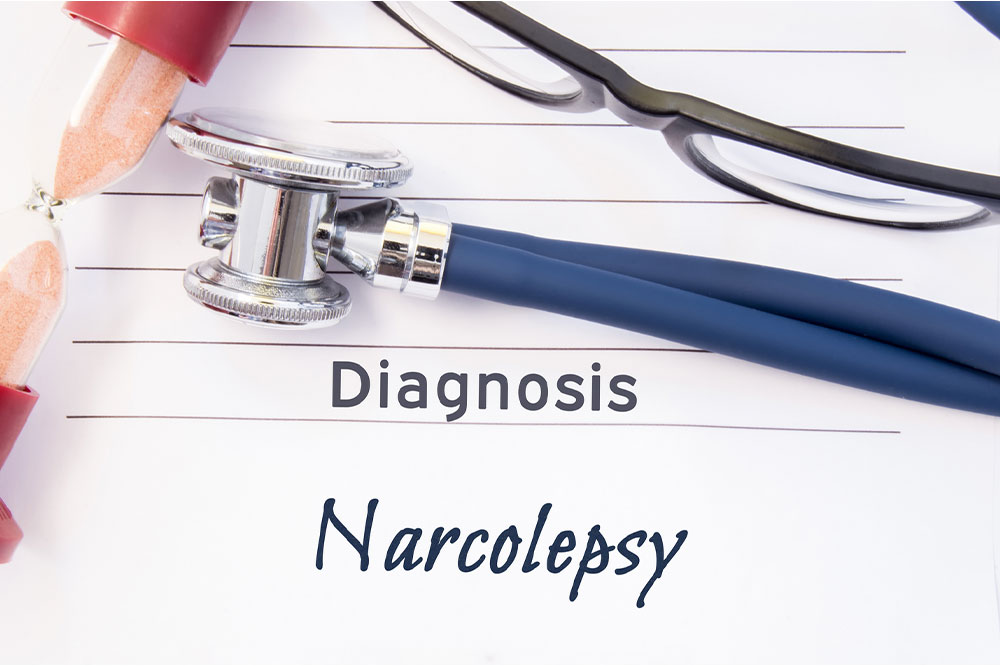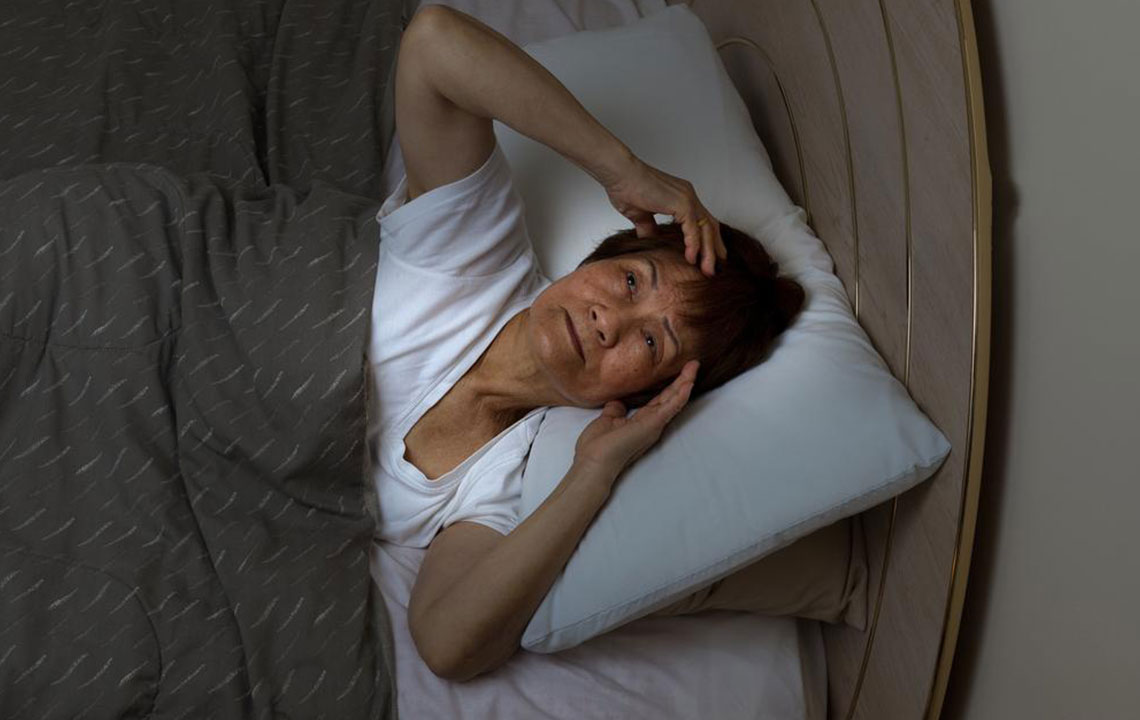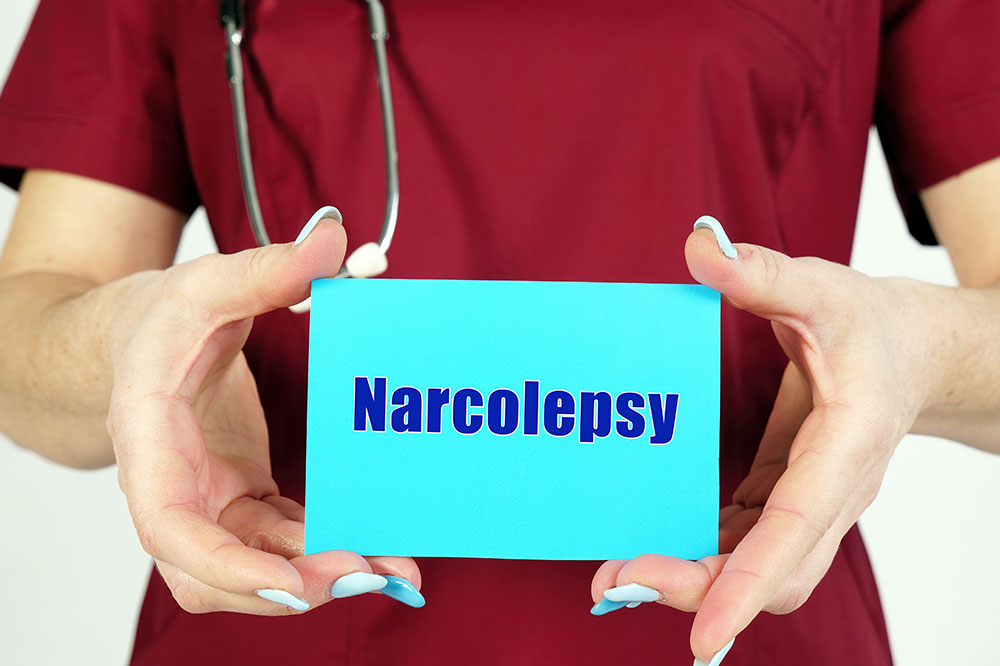Comprehensive Strategies for Detecting and Managing Narcolepsy Effectively
This comprehensive guide explores effective strategies for detecting and managing narcolepsy. It covers symptoms, diagnosis, treatment options, lifestyle changes, and safety tips for everyday life. The article emphasizes the importance of early detection, personalized care, and support systems in improving quality of life for individuals with narcolepsy. Practical advice on sleep hygiene, driving safety, and emotional support is provided, making it a valuable resource for patients, families, and caregivers dealing with this sleep disorder.

Comprehensive Strategies for Detecting and Managing Narcolepsy Effectively
Narcolepsy is a complex chronic sleep disorder that significantly impacts daily life, characterized primarily by sudden and uncontrollable episodes of daytime sleepiness, often accompanied by sleep attacks. These episodes can happen unexpectedly, making it difficult for individuals to maintain focus and perform routine tasks. Globally, it is estimated that approximately 1 in 2000 people suffer from narcolepsy, which translates to roughly 3 million diagnosed cases worldwide. Despite its prevalence, narcolepsy remains underdiagnosed due to overlapping symptoms with other conditions such as depression, insomnia, or other sleep-related issues. Early detection and comprehensive management strategies are crucial for improving the quality of life for those affected.
Understanding Narcolepsy and Its Impact
Narcolepsy is classified as a neurological disorder where the brain's ability to regulate sleep-wake cycles is disrupted. This disruption results from a deficiency in hypocretin (also known as orexin), a neurotransmitter responsible for maintaining wakefulness. The result is excessive daytime sleepiness (EDS), cataplexy (sudden muscle weakness triggered by strong emotions), hallucinations during sleep transitions, and disrupted nighttime sleep. These symptoms can severely impair productivity, safety, and overall well-being.While the exact cause of narcolepsy is not entirely understood, genetic predisposition and autoimmune factors are believed to play significant roles. Currently, there is no cure for narcolepsy; however, a combination of medical treatments, lifestyle adjustments, and behavioral strategies can substantially alleviate symptoms and enable individuals to lead fuller, more active lives.
Effective Treatment Approaches for Narcolepsy
Although no definitive cure exists, several treatment options are available to manage symptoms effectively. These approaches focus on controlling sleep attacks, reducing cataplexy episodes, and improving alertness during the day. Treatment plans are often personalized based on the severity of symptoms, age, lifestyle, and patient preferences.Medications often play a central role in treatment. Central to this are stimulants such as modafinil or armodafinil, which promote wakefulness. Other options include sodium oxybate, which can reduce both daytime sleepiness and cataplexy. Antidepressants may be prescribed to manage hallucinations and cataplexy episodes. It is essential for patients to work closely with healthcare providers to optimize medication regimens while monitoring for side effects.
Beyond medications, lifestyle modifications are vital for managing narcolepsy effectively. Adopting good sleep hygiene, scheduling regular naps, and maintaining a healthy diet can significantly improve daily functioning.
Driving Safety Tips for People with Narcolepsy
Driving can pose particular risks for individuals with narcolepsy due to sudden sleep attacks or lapses in alertness. It is critical for diagnosed individuals to consult healthcare professionals before driving. With their approval, they should adopt safety measures including:Taking brief, strategic naps before starting a drive to boost alertness.
Listening to engaging, lively music or podcasts to stay mentally stimulated.
Driving in shorter segments, taking periodic breaks to stretch or rest.
Avoiding driving during known fatigue peaks, such as late at night or early mornings.
In some cases, continued driving may be unsafe, and alternative transportation options, such as carpooling, public transit, or rideshare services, should be considered to ensure safety.Maximizing Sleep Hygiene to Reduce Symptoms
Good sleep hygiene is foundational for individuals with narcolepsy. Implementing consistent sleep routines and optimizing sleep environments can help mitigate excessive daytime sleepiness and improve overall sleep quality.Practical tips include:
Going to bed and waking up at the same times daily to regulate the internal clock.
Creating a calming pre-sleep routine, such as warm baths or meditation, to signal the body it's time to wind down.
Allowing regular, brief naps during the day (usually 15-20 minutes) to reduce sleep pressure.
Ensuring the sleep environment is cool, dark, quiet, and comfortable.
Limiting caffeine and heavy meals close to bedtime, as they can interfere with sleep quality.
Avoiding vigorous exercise close to bedtime, which can disrupt sleep onset.
These habits support better nighttime sleep and help manage daytime drowsiness more effectively.Building Support Networks and Emotional Resilience
Living with narcolepsy can be challenging, both physically and emotionally. Support systems are crucial for coping and maintaining a positive outlook. Patients are encouraged to connect with local or online support groups, where they can share experiences, exchange strategies, and gain emotional support from others facing similar challenges.Open communication with family, friends, and colleagues about the disorder fosters understanding and practical support. Educating loved ones about narcolepsy can help them recognize symptoms and assist in managing episodes. Additionally, consulting mental health professionals, such as counselors or psychologists, can provide coping strategies for managing stress, anxiety, or depression that may accompany the disorder.
Diagnosing Narcolepsy: The Path to Effective Management
Accurate diagnosis is vital for implementing appropriate treatment strategies. Diagnosing narcolepsy involves a series of evaluations by sleep specialists to confirm the disorder and rule out other conditions.Initial assessments include medical history and physical examinations. Healthcare providers may employ questionnaires like the Epworth Sleepiness Scale to gauge daytime sleepiness severity. Further diagnostic tests often involve:
Polysomnography (PSG): An overnight sleep study recording various physiological parameters to analyze sleep architecture and disturbances.
Multiple Sleep Latency Test (MSLT): Conducted after PSG to measure how quickly a person falls asleep in a quiet, dim environment during scheduled naps, and whether they enter REM sleep rapidly—a hallmark of narcolepsy.
These tests help differentiate narcolepsy from other sleep disorders and establish a comprehensive treatment plan.Recognizing the Early Signs of Narcolepsy for Prompt Intervention
Early detection can significantly improve management outcomes. Key symptoms to be vigilant about include:Sudden episodes of muscle weakness or paralysis, often triggered by emotional responses (cataplexy).
Vivid hallucinations during sleep-wake transitions, which can be frightening.
Frequent involuntary sleep episodes during daytime activities, often followed by feelings of refreshment after brief naps.
Difficulty concentrating, memory problems, or mood changes caused by unpredictable sleep intrusions.
If these symptoms are present, seeking medical advice promptly is essential. Proper diagnosis allows for tailored treatments and lifestyle adjustments to enhance daily functioning and safety.In conclusion, although narcolepsy remains a lifelong condition with no known cure, comprehensive management through medical therapies, lifestyle modifications, and support systems allows individuals to significantly improve their quality of life. Staying informed, proactive, and connected with healthcare professionals and communities empowers those affected to navigate challenges effectively and lead vibrant, fulfilling lives.





